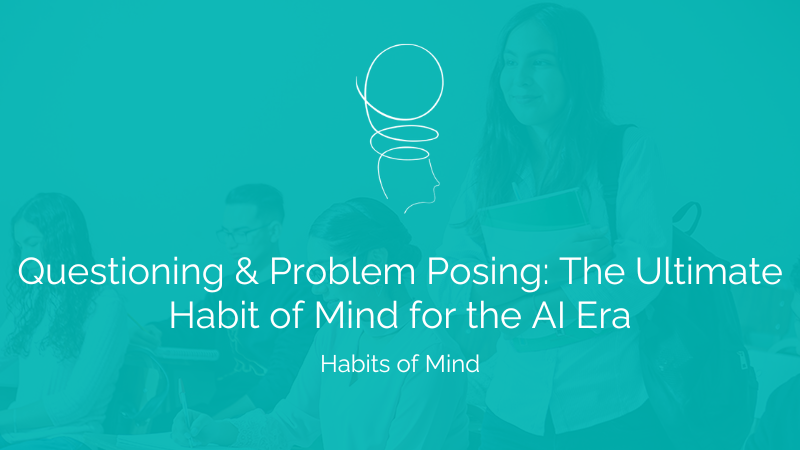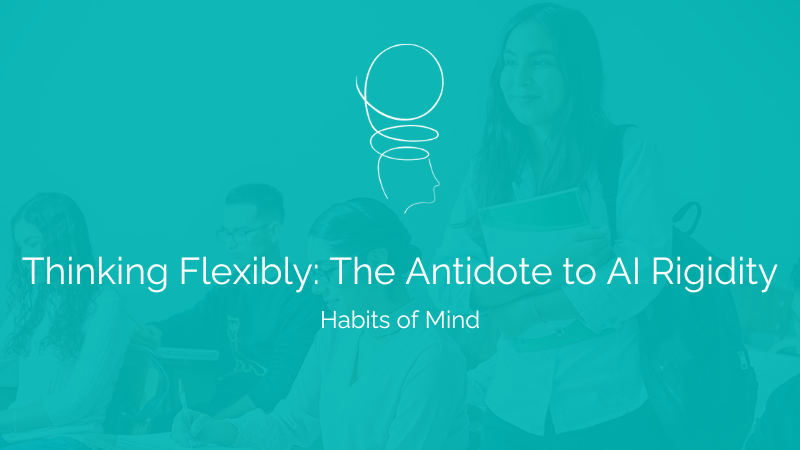Have you ever found yourself stepping in to help a student who’s struggling with a challenging task, only to realize afterward that you might have done too much? You’re not alone. As educators, we’re wired to respond when we see students experiencing difficulty. But in our well-intentioned efforts to support, we sometimes accidentally undermine the very learning we’re trying to facilitate.
When Support Becomes Rescue
Here’s the uncomfortable truth: we often misinterpret normal productive struggle as distress or anxiety.
That furrowed brow, the sigh of frustration, the eraser working overtime—these aren’t necessarily signs that a student is experiencing harmful stress. They may actually be indicators of productive engagement in the Learning Zone. Just as the burn you feel during exercise isn’t an injury but a sign of muscle development, the discomfort of struggle isn’t anxiety but a sign of cognitive growth.
This misinterpretation often begins at home. Many parents see their child’s struggle with challenging material and interpret it as anxiety or distress. They intervene to “help,” which teaches children that struggle is something to be avoided rather than embraced. These children then bring this expectation to school—that struggle is harmful and should be eliminated quickly.
This pattern leads to over-scaffolding and rescue responses. Teachers, concerned about learner distress, end up carrying the cognitive load themselves. We explain too much, simplify too quickly, break tasks down into steps that require little thinking, or even demonstrate the solution before students have had a chance to wrestle with the problem.
The result? Students who never develop the critical Habits of Mind needed to work through challenges independently.
Challenge is the Pathway to Growth
This connects to a fundamental principle in my work: challenge is the pathway to growth. When we remove struggle from learning, we remove the very element that builds capability. It’s like trying to help someone get stronger by lifting the weights for them.
Learning happens in the Learning Zone—that space just beyond current ability where success isn’t immediate but feels within reach with effort and strategy. When we rescue students from struggle, we inadvertently keep them in their Comfort Zone, where little growth occurs.
Equipping for Struggle
So what’s the alternative? How do we support without rescuing?
- Recognize productive struggle. Learn to distinguish between useful discomfort and genuine anxiety. Productive struggle involves engagement, persistence, and strategy-testing. Anxiety typically involves avoidance, shutdown, or distress that prevents thinking.
- Normalize struggle with your language. Instead of apologizing for challenge (“Sorry, I know this is hard”), celebrate it (“This is where your brain gets stronger!”). Monitor your automatic responses to student difficulty.
- Develop problem-solving superpowers. In my work, I refer to the Habits of Mind as “problem-solving superpowers.” These include persistence, flexible thinking, questioning, and metacognition. Deliberately teaching and strengthening these habits equips students to navigate challenge effectively.
- Ask instead of tell. When a student is stuck, resist the urge to explain. Instead, ask: “What have you tried so far?” “Where specifically are you stuck?” “What information might help you move forward?”
- Calibrate challenge appropriately. The goal is to have students in their Learning Zone—stretched but not strained. Tasks should feel difficult but achievable with effort and strategy.
- Focus on process over outcome. Draw attention to the thinking and problem-solving strategies being developed through struggle, not just getting to the right answer.
Support vs. Rescue: Finding the Balance
This approach doesn’t mean abandoning students to struggle alone. It means supporting them in ways that develop their ability to handle challenge, rather than protecting them from it. Consider these different responses:



